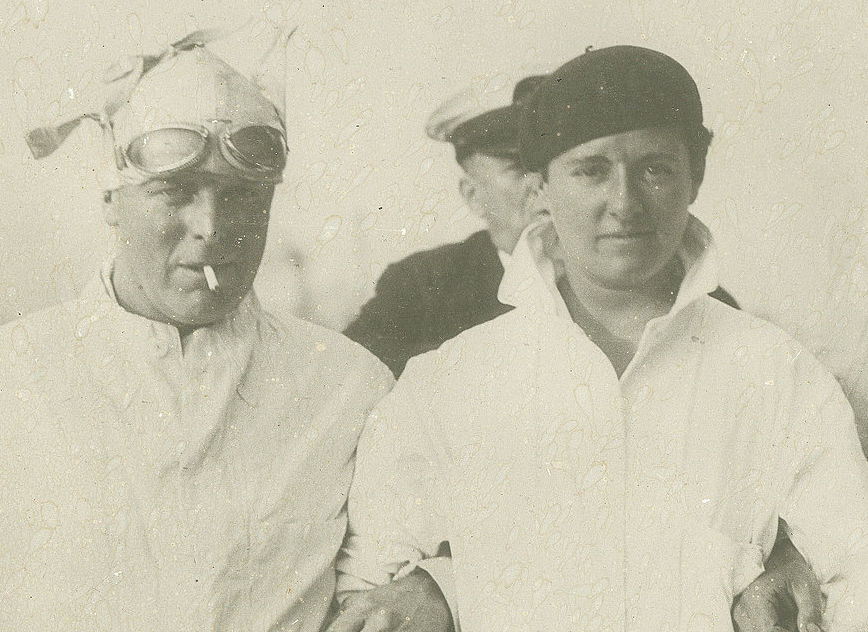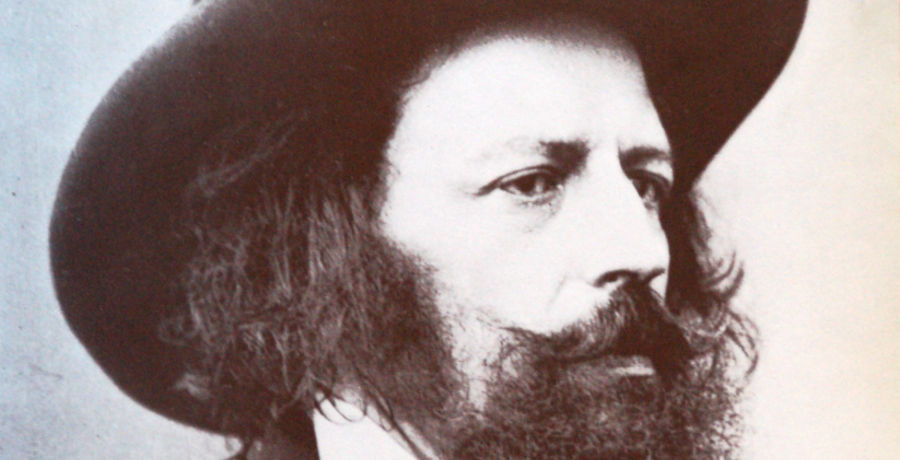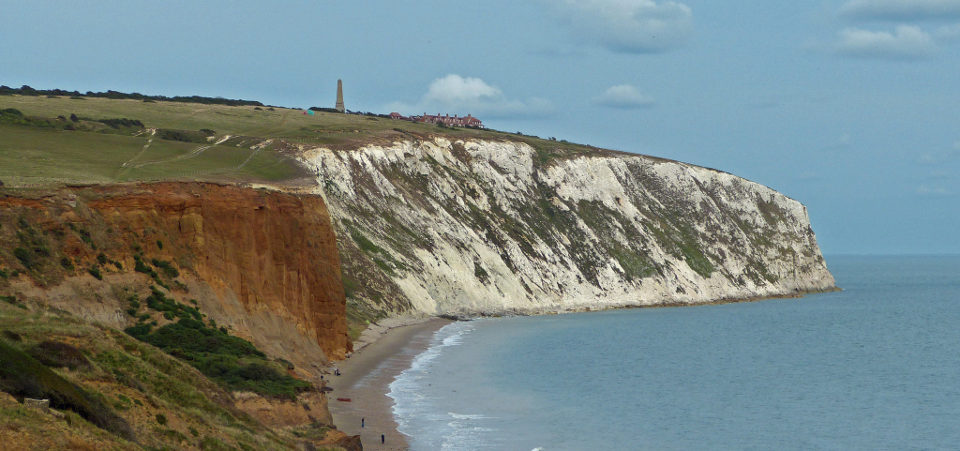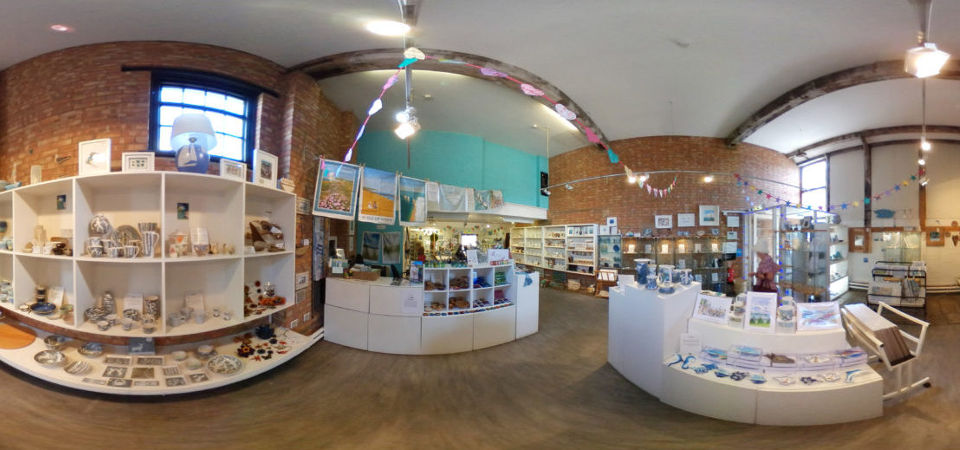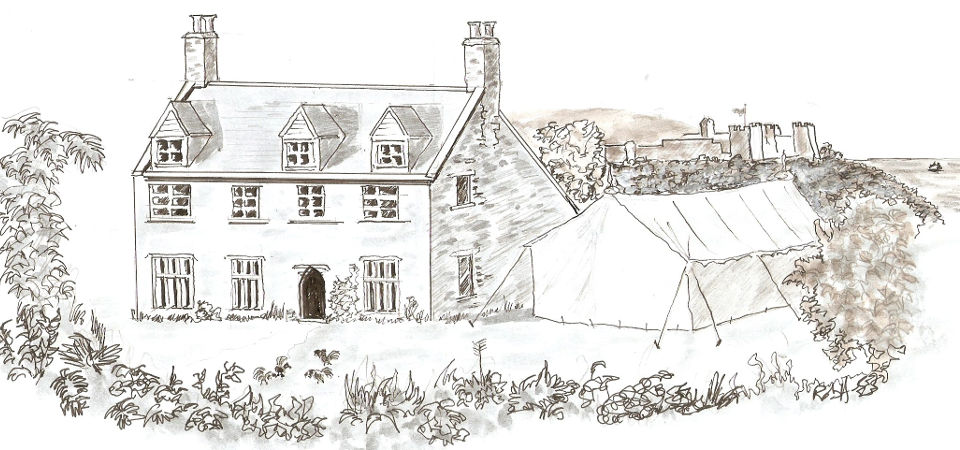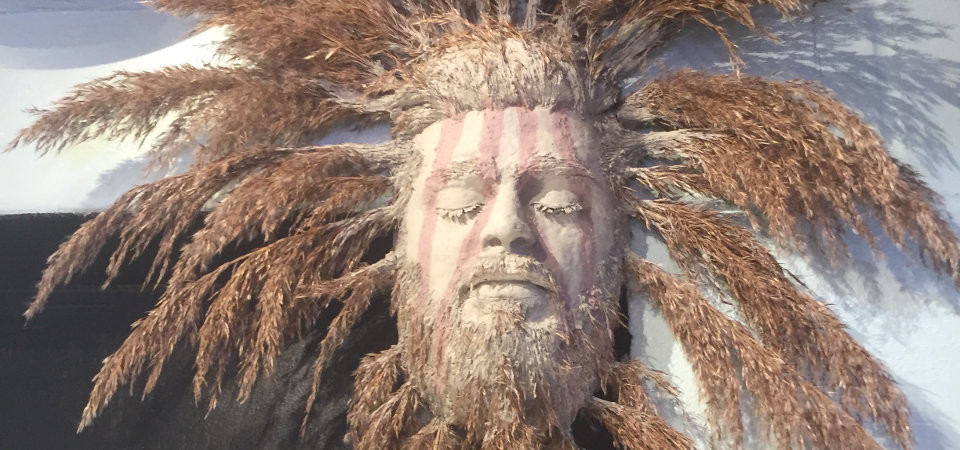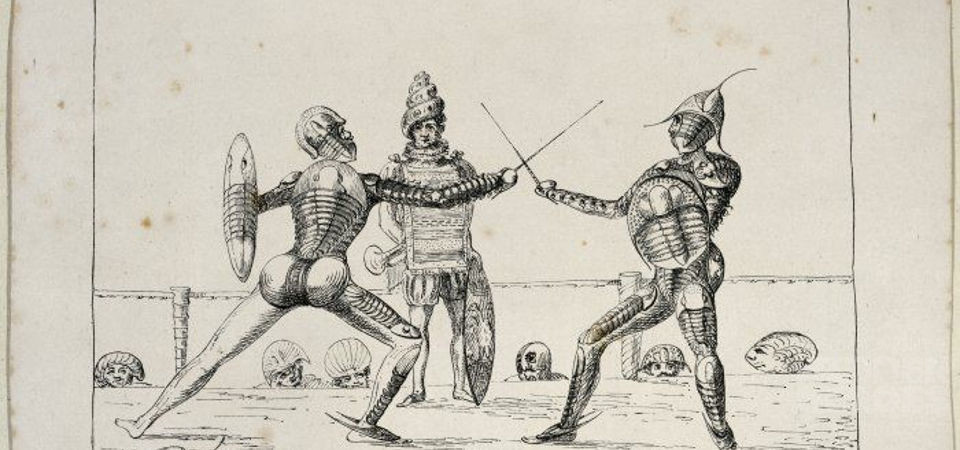Did you know that Carisbrooke Castle Museum holds regular talks all through the winter?
The next illustrated talk takes place on 6th November and features the Pollard family, ‘Johnny’ Walker, Toné Milne, and F.M. Minns.
20th November will see David Langford and Lin Watterson talking on two aspects of the war which involved activities hidden from the public eye: The life of a local man who rose to a position of vital importance in the Middle East, but acted in secrecy; and back in this country, we learn about women who worked hard behind the scenes to support the troops.
On 18th December, Justin Smith and Virgil Philpott (aka ‘The Dollymopps’) introduce us to some of the most interesting characters they have encountered during a decade of researching the Island’s musical traditions.
Where and when
All are welcome to the illustrated talks which take place on a Tuesday between 2-4pm at the Museum.
Tickets are £8, including tea, coffee and biscuits.
See our What’s On Section for more details of other upcoming talks.




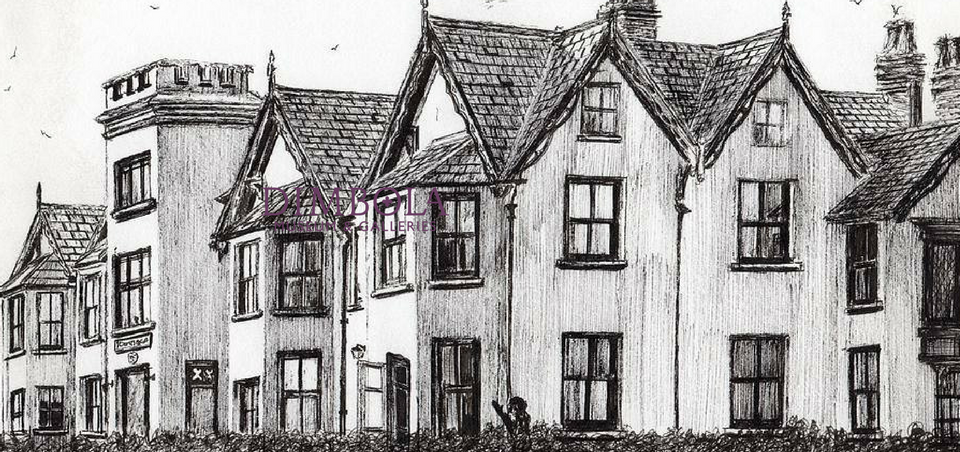
 earlier this year – will be giving the 26th Richard Hutchings Lecture.
earlier this year – will be giving the 26th Richard Hutchings Lecture.